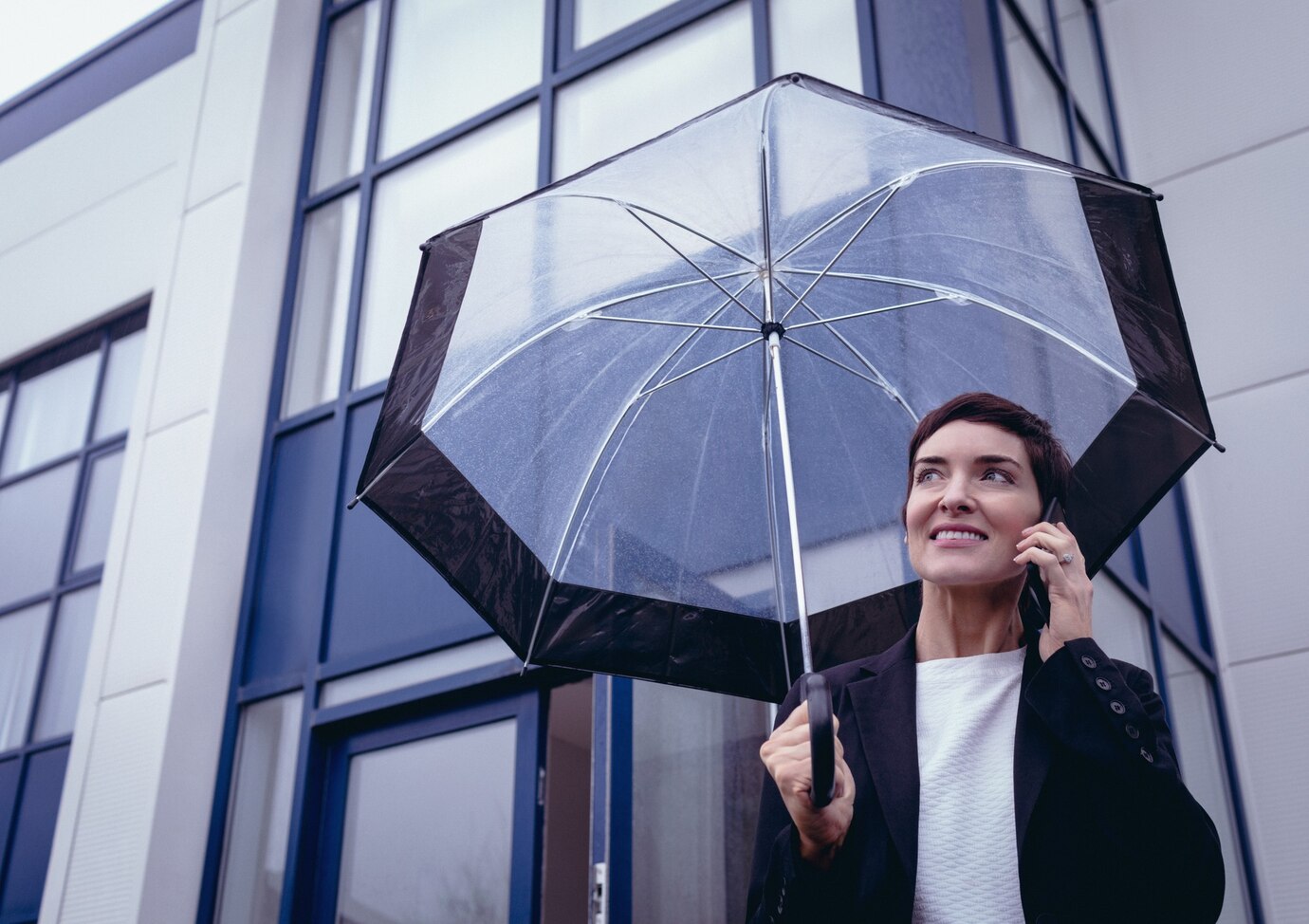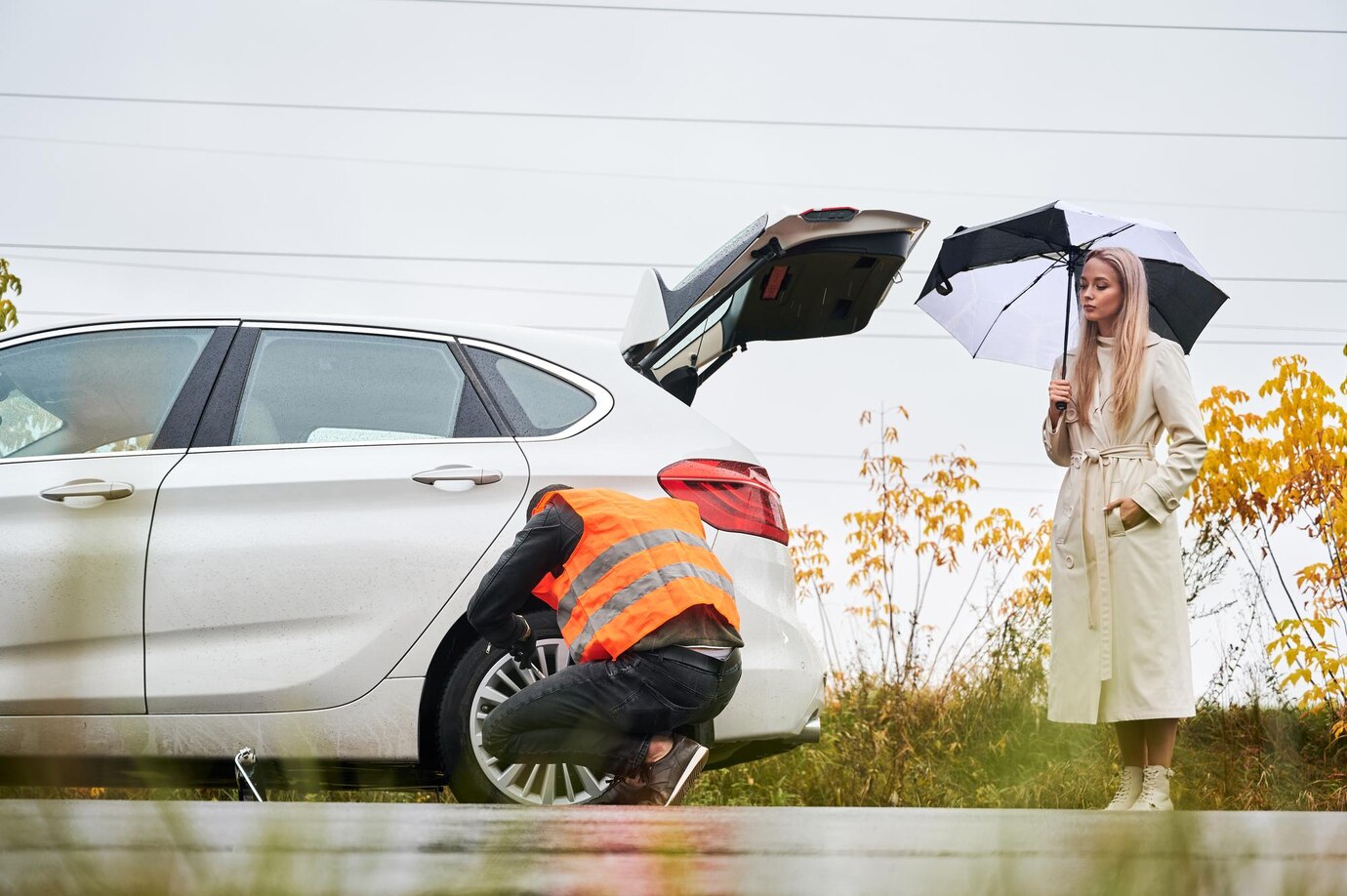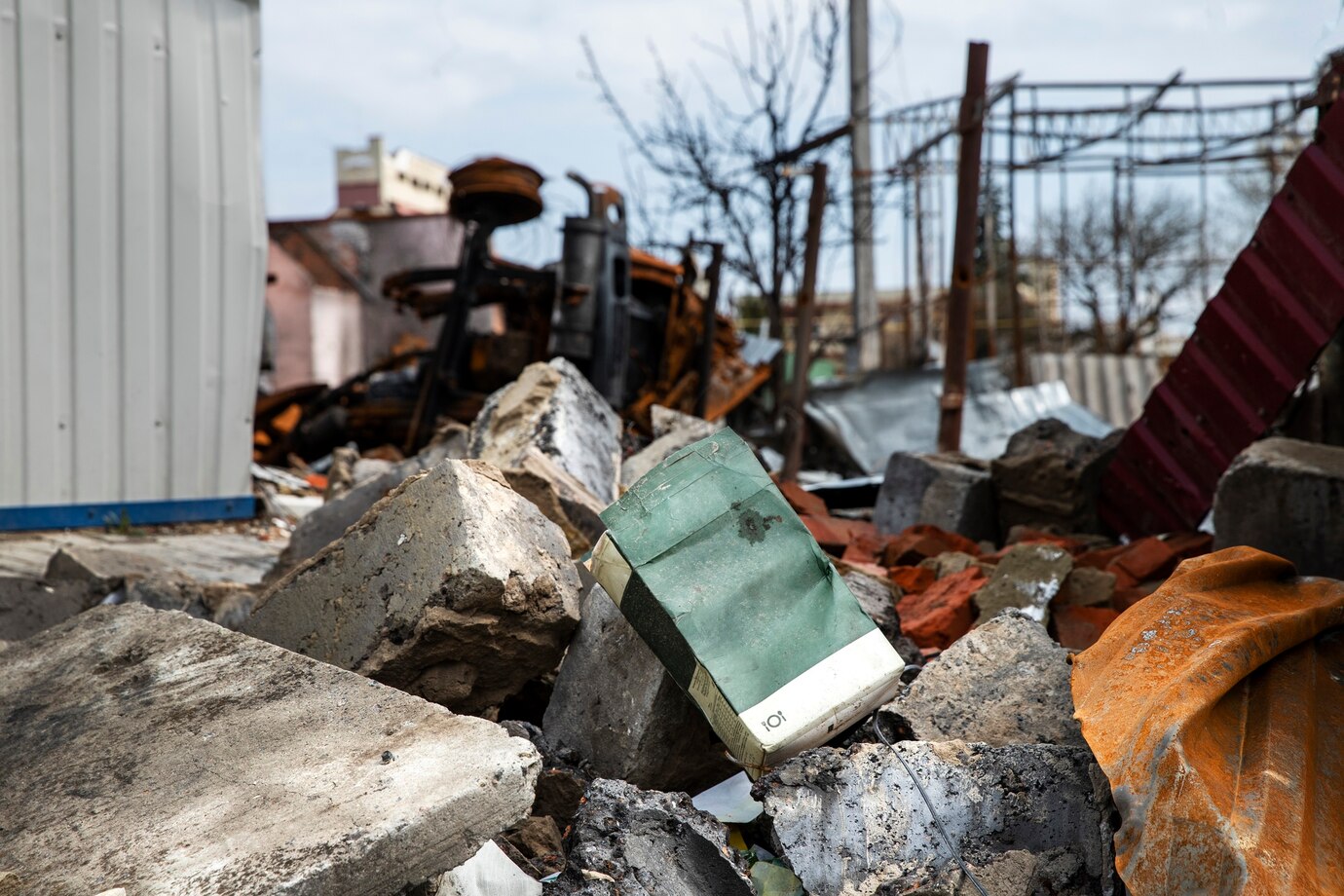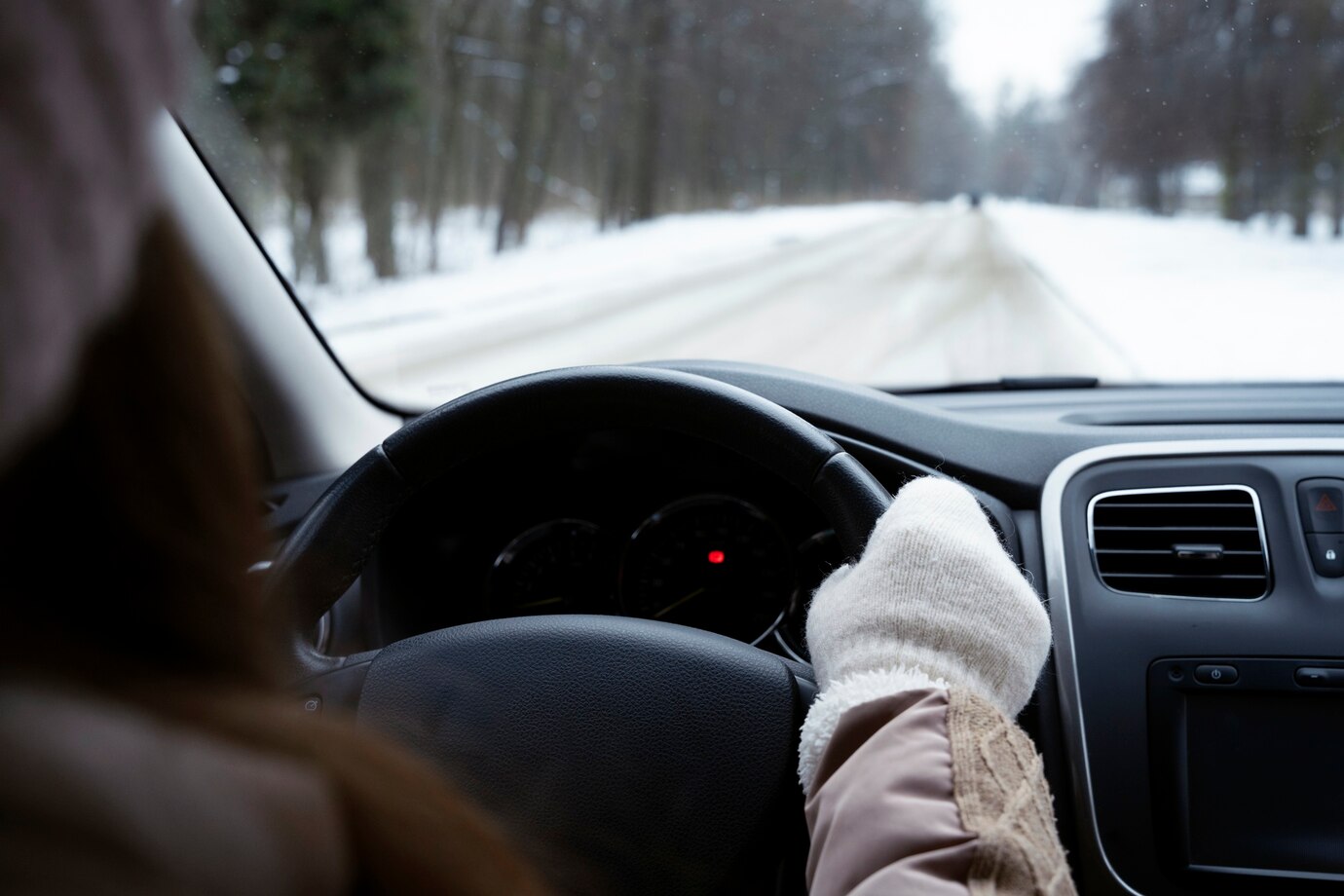Colorado’s stunning mountain landscapes come with an ever-present risk: wildfires. With rising temperatures, dry conditions, and increasing fire activity, homeowners must ensure they have the right wildfire insurance coverage. While standard homeowners insurance may offer some protection, it’s often not enough for high-risk areas. Here’s what you need to know about wildfire insurance in Colorado and how to ensure your home is fully covered.
Does Standard Homeowners Insurance Cover Wildfire Damage?
Yes—but with limitations. Most standard homeowners insurance policies cover wildfire damage, but some policies in high-risk areas may have restrictions or exclusions.
A standard policy typically includes:
✔ Dwelling Coverage: Pays to repair or rebuild your home if it’s damaged or destroyed by fire.
✔ Personal Property Coverage: Covers belongings inside the home (furniture, clothing, electronics).
✔ Additional Living Expenses (ALE): Pays for temporary housing if your home is unlivable.
✔ Liability Protection: Covers legal costs if a fire from your property spreads to a neighbor’s home.
Are You Fully Covered? Signs You May Need Extra Protection
✔ You Live in a High-Risk Wildfire Zone
If your home is near forests, dry grasslands, or foothills, your standard policy may not be enough. Some insurance companies are dropping coverage or increasing premiums in wildfire-prone areas.
✔ Your Dwelling Coverage is Too Low
Many homeowners are underinsured. If rebuilding costs exceed your policy limit, you may have to pay out of pocket. Construction costs in Colorado have risen 20-30% in recent years, making extended replacement cost coverage a smart add-on.
✔ You Don’t Have a Fire Insurance Endorsement
Some insurance companies offer fire-specific endorsements that provide additional coverage beyond standard policies.
✔ Your Insurer Has a Wildfire Exclusion
Due to frequent wildfires, some insurers exclude wildfire damage in high-risk zones. Check your policy to confirm you’re covered.
How to Get Additional Wildfire Protection
If your standard policy isn’t enough, consider:
🔥 Extended Replacement Cost Coverage – Increases dwelling coverage limits to keep up with rising construction costs.
🔥 Fair Access to Insurance Requirements (FAIR) Plan – A last-resort option for homeowners in extreme wildfire zones.
🔥 Private Wildfire Insurance – Some insurers offer specialized wildfire policies with higher limits and faster claims processing.
🔥 Defensible Space Discounts – Some insurers lower premiums if you create a fire-resistant buffer zone around your home.
Wildfire Prevention Tips to Lower Insurance Costs
✔ Create a Defensible Space – Keep 30+ feet of cleared space around your home.
✔ Use Fire-Resistant Materials – Metal roofs and stucco siding reduce fire risk.
✔ Install Sprinkler Systems – Helps prevent small fires from spreading.
✔ Have an Emergency Evacuation Plan – Know your evacuation routes and keep important documents in a fireproof safe.
Final Thoughts
With wildfires becoming more frequent and severe, homeowners in Colorado must review their insurance coverage regularly. Standard homeowners insurance may not fully cover wildfire damage, so adding extended coverage or a wildfire-specific policy is essential. Protect your home before the next wildfire season starts.












